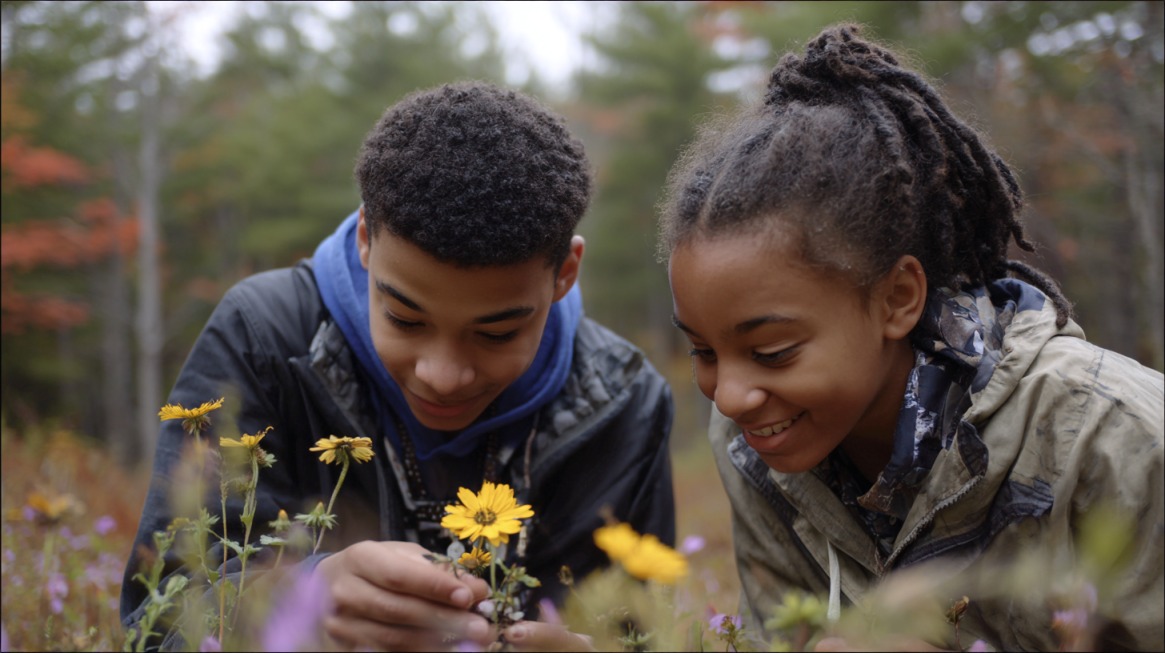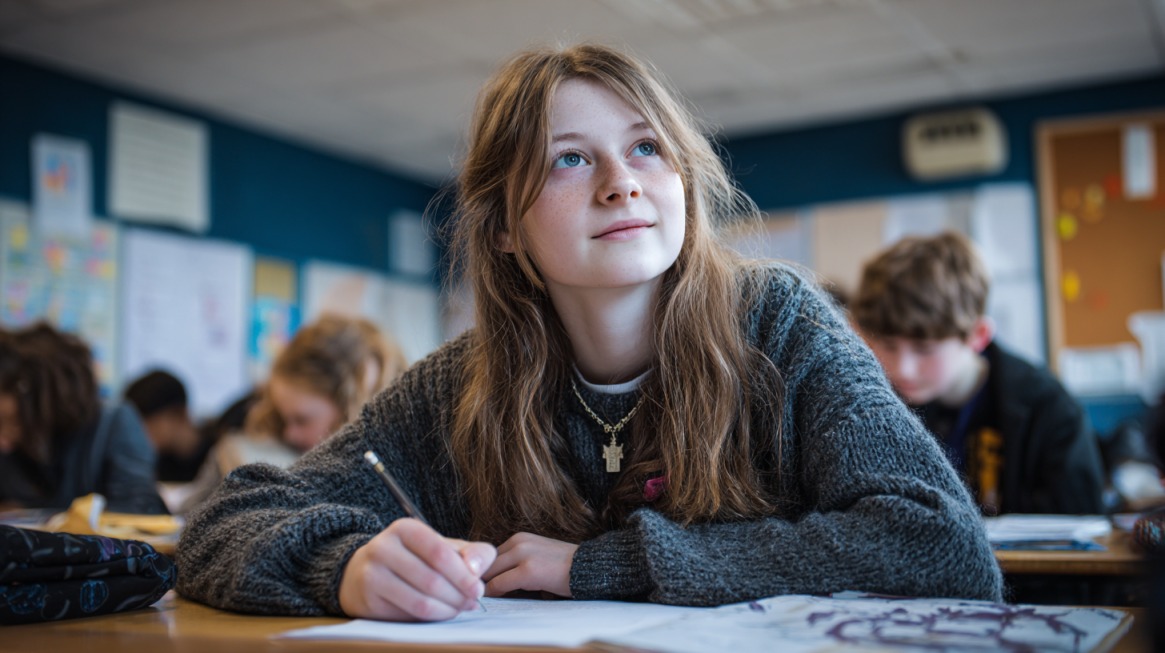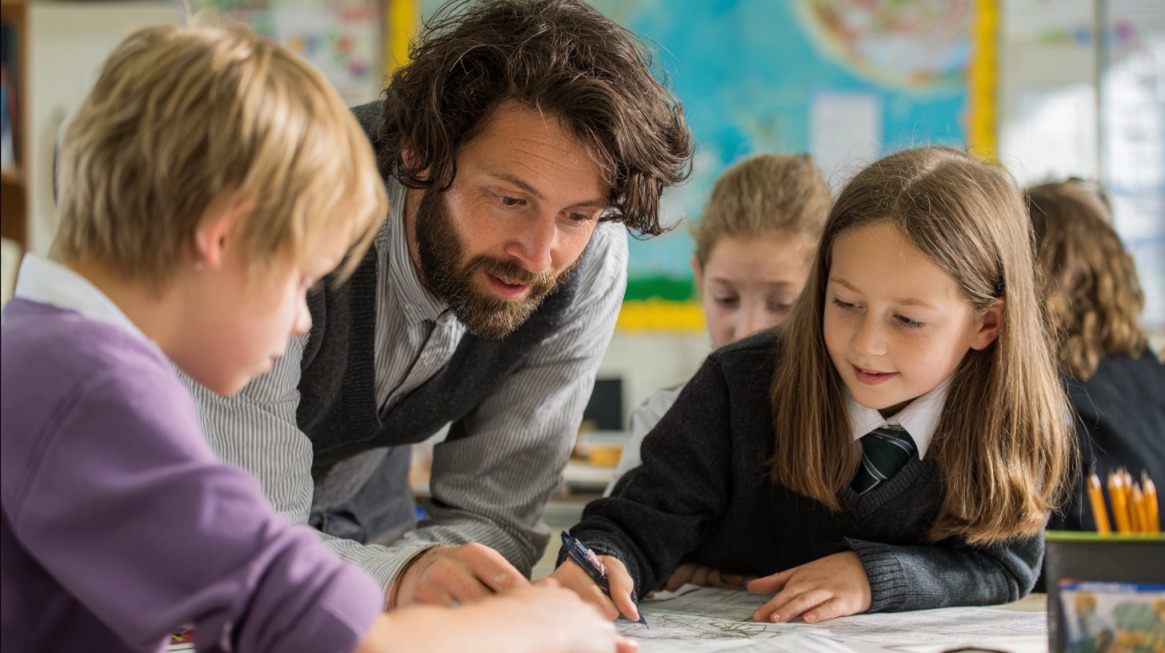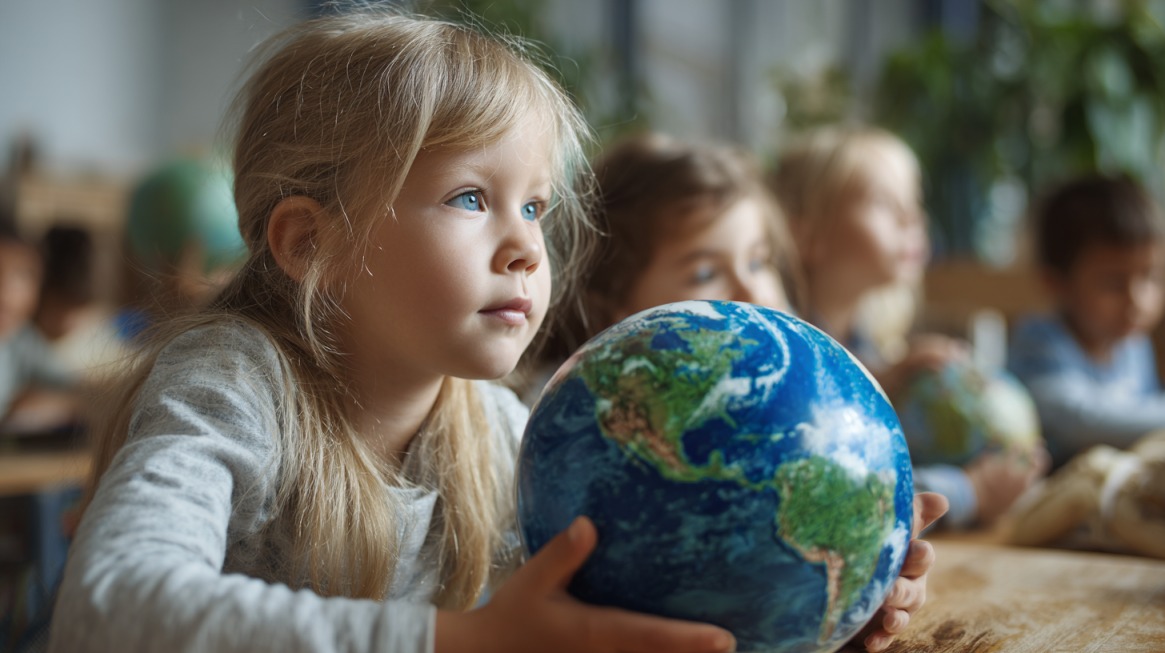Environmental education plays a vital role in shaping responsible citizens prepared to tackle ecological issues.
EPA has consistently demonstrated a commitment to supporting students, educators, and communities through programs that fund, train, and inspire.
Through direct investment and resource development, schools are better equipped to educate the next generation about environmental stewardship.
There are several ways this can be seen.
7. Awareness, Outreach, and Youth Engagement

EPA promotes active student participation in environmental advocacy through a combination of outreach efforts and community engagement.
By highlighting youth voices and supporting their ideas, schools become hubs of environmental thought and action.
- Public outreach campaigns on EPA’s educational platforms
- Youth-led environmental projects promoted through funding opportunities
- National Environmental Youth Advisory Council, providing students with a channel to influence environmental education policy
Such efforts ensure youth perspectives are heard and valued. Participation helps students develop leadership, collaboration, and public speaking skills while taking action on issues they care about.
Engagement goes beyond classroom instruction, connecting students with broader networks and giving them agency in shaping a sustainable future.
6. Educational Tools for Environmental Justice & Real-World Learning

EPA offers interactive tools and competitions that introduce students to environmental justice topics and real-world applications of science.
These platforms allow students to connect data, equity, and action within their communities.
- EJScreen – A mapping and screening tool that allows analysis of pollution exposure and demographic information at a community level
- Game Day Recycling Challenge – A competition among schools and universities focused on reducing waste during athletic events
Real-world examples, such as the Ethylene Oxide Lawsuit, involving community exposure to carcinogenic emissions, provide powerful case studies for:
- Students examining pollution
- Industrial accountability
- Environmental justice
Teachers can use such incidents to encourage discussions on health impacts, regulatory action, and ethical responsibility.
Classrooms benefit from real-world context, bringing theory into action. Students learn how environmental justice relates to public health, social equity, and sustainable development.
5. Office of Environmental Education & Federal Coordination

EPA’s Office of Environmental Education, established under the National Environmental Education Act of 1990, leads the agency’s efforts to promote sustainability in learning environments.
This office coordinates educational policies, develops resources, and provides nationwide support for environmental instruction.
- Creating model curricula adaptable to state and local needs
- Supporting internships, fellowships, and educational awards
- Facilitating communication among federal agencies on education programs
Educators receive streamlined access to resources and tools that support lesson planning and student engagement.
Through cross-agency collaboration, efforts remain efficient and consistent, reinforcing environmental themes in schools across the country.
Long-term investment in program development allows schools to evolve their educational practices and respond to new ecological challenges.
4. Programs that Recognize and Encourage Educators and Youth

EPA encourages excellence through awards that spotlight both student innovation and educator leadership.
Recognition programs help elevate environmental education and motivate continued engagement.
- President’s Environmental Youth Award (PEYA) – Honors students for original environmental projects, such as recycling campaigns, habitat restoration, and climate advocacy.
- Presidential Innovation Award for Environmental Educators (PIAEE) – Celebrates educators who demonstrate outstanding environmental teaching practices and leadership.
Recognition offers students and teachers a sense of accomplishment and visibility for their efforts.
Award recipients often serve as examples to their peers, encouraging broader participation and innovation in classrooms.
3. Professional Development & Teacher Training Programs

Teachers play a critical role in delivering effective environmental education.
EPA addresses this by supporting professional development through initiatives such as the National Environmental Education Training Program (NEETP).
- Workshops and in-person training for hands-on learning
- Online courses for remote accessibility
- Collaborative learning networks and support tools
- Curriculum guidance to improve classroom delivery
Participants gain valuable strategies for integrating environmental content into daily lessons.
Programs are structured to accommodate various experience levels, from new educators to seasoned professionals.
Educators gain confidence, refine teaching practices, and build communities focused on environmental instruction.
Training ensures environmental education remains relevant and effective across all school settings.
2. Lessons, Curriculum & Educational Resources

EPA delivers extensive classroom resources through its online portal, designed to help K–12 educators introduce environmental themes across subjects.
Instructional tools focus on major topics such as air quality, water conservation, waste reduction, and climate science.
- Lesson plans aligned with educational standards
- Project-based learning activities and simulations
- Teacher guides tailored for classroom integration
- Videos, games, and homework help to support student learning
Content is structured for both science-focused classes and interdisciplinary teaching.
Interactive components make complex environmental issues more accessible and engaging for younger audiences.
Educators benefit from flexible resources that can be customized for local needs.
Students develop skills in observation, critical thinking, and ecological responsibility through consistent exposure to environmental education.
1. Grant Funding for Education Projects

EPA drives environmental learning through annual grant initiatives that help bring impactful projects to life.
Since 1992, nearly 4,000 projects have received funding, with over $95 million distributed to promote scientific literacy, climate awareness, and environmental stewardship in schools.
In 2024, 38 organizations received grants between $50,000 and $100,000.
- STEM-based environmental literacy programs
- Curriculum development centered on sustainability
- Investigations into microplastics and their ecological effects
Such investments provide classrooms with the tools needed to build hands-on, inquiry-driven programs.
Students explore current challenges like pollution, conservation, and climate change through real-world engagement.
Grants empower educators to build partnerships, enhance teaching methods, and involve the broader community in educational projects. Students benefit from enriched learning environments that connect classroom knowledge to environmental action.
Summary
EPA continues to play an essential role in environmental education by providing financial support, high-quality resources, and recognition for impactful work.
Schools and educators benefit from training and materials that enrich student experiences.
Programs that connect youth with policy and real-world action ensure future generations remain informed, empowered, and motivated to protect the planet.

